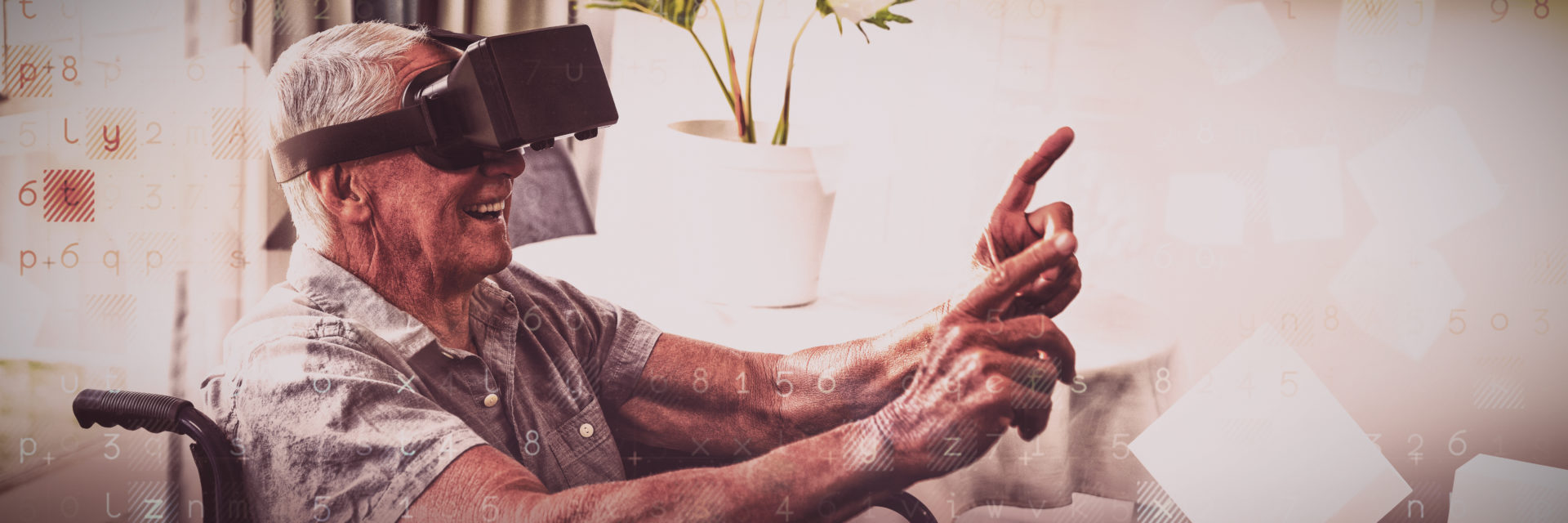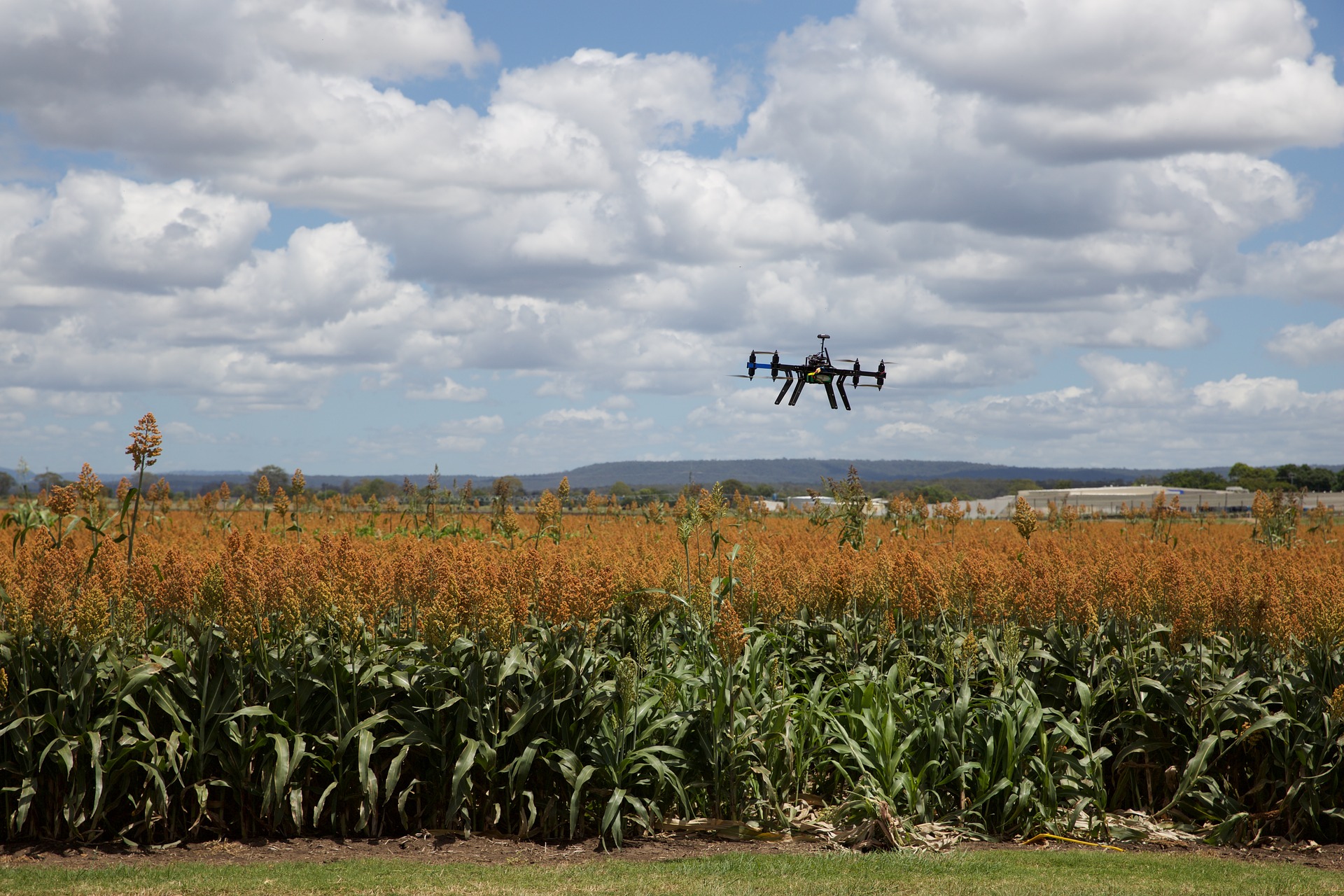Can VR help solve society’s greatest challenges?
Virtual reality is advancing at a rapid rate with new user platforms and affordable headsets making it an ever more accessible technology, but can this technology be used for positive social change?
I had a ‘lightbulb moment’ when I first used VR, which went on to shape my career, values and ambition to drive positive social change using this technology.
Creating and developing VR and AR programmes has meant that I have the privilege of seeing first-hand the powerful way in which programmes can transport and move people. From seeing the emotional impact VR had on a person, it clicked that this technology had an opportunity to do good through creating immersive experiences with a specific objective of solving problems.
Initially, I find that some people can be skeptical about VR: it’s unusual to read about technology as something for social good. Many people often have a preconception that the only real way to do good for society is to remove technology altogether – and go back to the good old days of no TV or Internet. Whilst that sounds ideal and wonderful: the past was certainly not perfect or an equal place to live and learn.
The list of examples where VR is being used for social good is growing and the cost of creating these experiences is decreasing. In developing countries, I have seen how VR has been used to provide training for midwives to help solve educational problems and decrease mortality rates. VR is now commonly used for training because people can have a safe environment to make mistakes and learn. It can also be a cost-effective way of delivering training in an agile way.
Understanding of others and connecting to people of different races, genders or disabilities can also be improved by the use of VR. John Hull created an experience that is a fantastic example of this: ’Notes on Blindness: Into Darkness’. Here Hull created an immersive VR project based on a sensory and psychological experience of blindness. This shows how you can use VR to create empathy and connect to how other people see the world.
I’m currently working on a project called ‘Anywhere Else’ (along with Dr Jacqueline Hall). We are crowdsourcing to enable us to roll out a VR experience to cancer patients for free. The reason for doing this is to assist in taking some of the stress away from cancer treatment through helping patients be immersed in relaxing environments, or in the case of children; a child-friendly environment. Not everyone can afford to have cancer treatment in a private hospital, so this helps to improve the experience during what is a very difficult and stressful time.
Using these examples, you might now start to be thinking of other ways that VR might be able to help; it could improve employee wellbeing; help people to cook healthier foods; solve the skills gap, or even improve disability awareness training. The list of examples of how VR could be used for good is endless because with VR, you have no walls. It is an equal environment for people to learn, to rest, to understand others and more.
As a business leader, firstly identify your problem and think how could a tool and technology like VR help you? If you think beyond, it’s surprising how it could just help to solve some of our greatest challenges.
This article was authored by Stefano Bianchi, Chief Executive Officer and Founder, It Is The End, United Kingdom.




